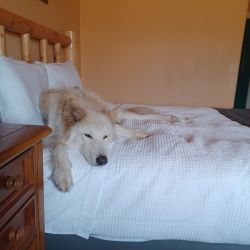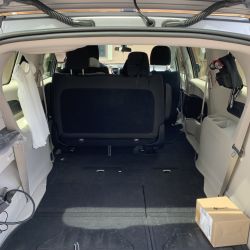Origins and Temperament
Hailing from the mountainous regions of Japan, the Akita is a breed revered for its noble and fearless nature, traced back to the 17th century as a royal guardian and hunting companion. Known for their loyalty and dignified demeanor, Akitas are often reserved and contemplative, though they can exhibit a playful side with their trusted humans. The breed's characteristic independence and wariness of strangers necessitate a considerate approach when it comes to travel, ensuring they feel secure and respected during their journey.
Size and Physical Needs
Akitas boast a robust stature, typically weighing between 70-130 pounds, and require sufficient space to stretch and rest comfortably. Their thick double coats and strong build mean they need regular exercise to maintain health, but they must have a cool environment to prevent overheating. Special accommodations during transport may include spacious crates, frequent rest breaks, and climate control to cater to their size and physical requirements.
Common Health Considerations
Akitas are susceptible to certain health conditions, such as hip dysplasia, hypothyroidism, and eye issues. Prior to transport, they require up-to-date health documentation, including a Certificate of Veterinary Inspection (CVI). It's crucial to be proactive about their health by ensuring vaccinations are current and preventative measures for travel-related stress are in place.
















